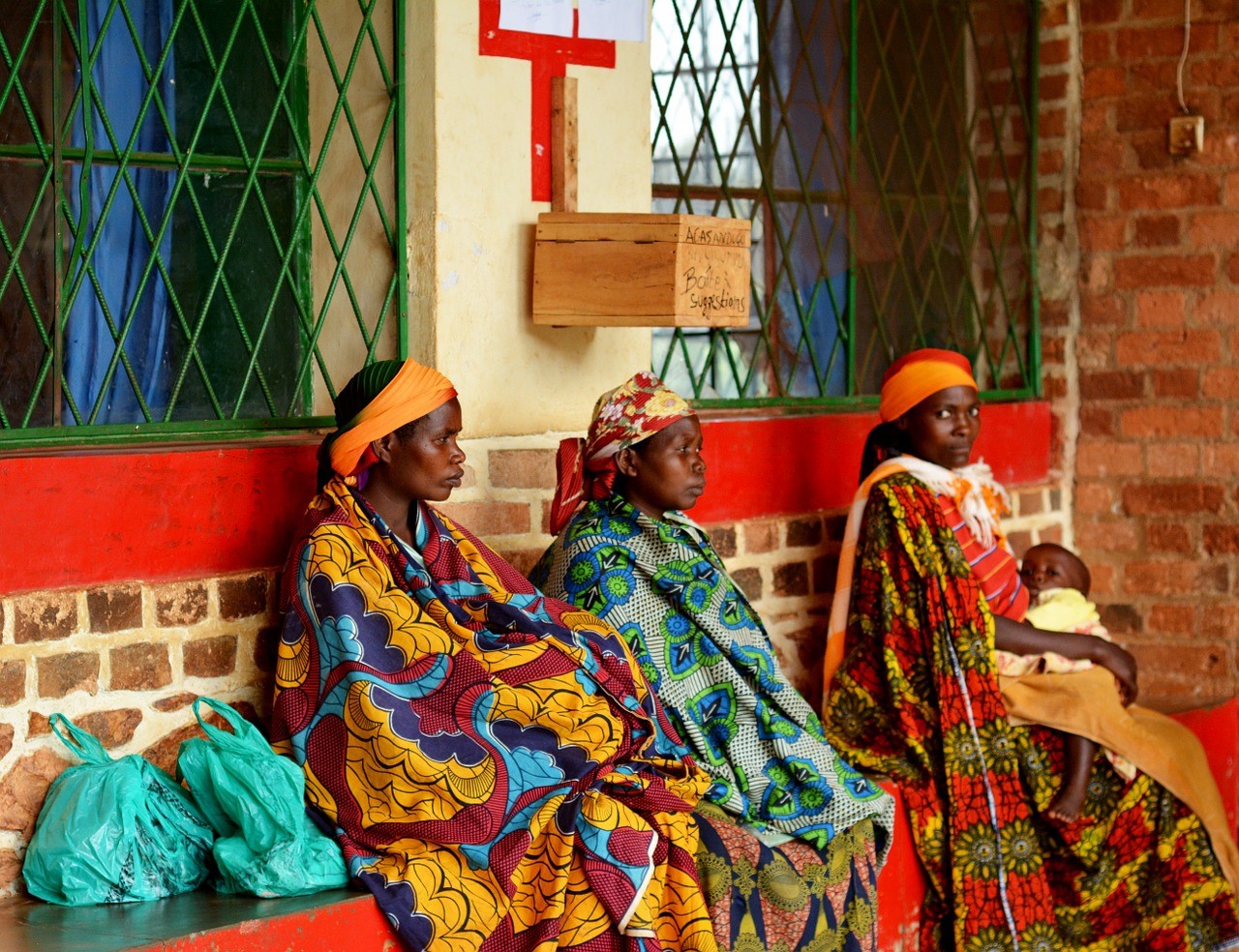There is a logic here. People must be healthy to be productive. Good personal and community health are necessary, not only for personal livelihood, but for contributing to economic growth locally, nationally, and even internationally.
Consider a person who works in a company that manufactures small electronic components. That person may be an engineer, a designer, or an assembler. All three earn a living from their job. The money they spend from their wages supports their family and contributes to the economy of the community. The components the company produces may be used in devices from cell phones to automobiles. The economy of the country of origin is enhanced whether the final product is sold in the country or exported. If it is the latter, yet another economy is served.
The world functions on commerce. Communities and countries grow by generating more income through more business. But when repaid growth occurs, sometimes other concerns get overlooked. For example:
The AB Report noted that “Asia is the fastest-growing and most dynamic region in the world, but government spending on public health is low and is often not focused on those who need it most. For many in the region, personal health expenses are a major cause of poverty.”
Mike Griffiths, the Regional Director of Healthcare for Howden Insurance Brokers Pte Limited, observed that “the two most significant healthcare challenges in Asia are access to basic healthcare in developing countries and (the) chronic disease burden in more developed countries.” One would think that rapid economic development would automatically translate to dramatic increases in healthcare issues including the eradication of multiple diseases. That logic is at once Pollyannaish and specious.
Griffith also observed that “most governments in Asia have long prioritized economic growth over healthcare.” He is politely saying that technological advance does not equate directly to advances in public health because both health initiatives and economic growth need to be funded. In developing countries where economic growth is the priority, from a funding perspective health takes a back seat – often on a long bus.
The Regional Head of Health for Allianz in the Asia Pacific, Steven Conway, acknowledged that “Advances in medical care are exciting but expensive, and coupled with the demands of aging populations, the public sector, particularly in Asia, is struggling to provide the required quantity and quality of healthcare required.”
The Chairman of CIIQ Healthcare Catalysts Private Limited, Swami Swaminathan, noted that the same problem is true in the private sector. “The tragedy is when it comes to private enterprise, healthcare is placed on the same platform as making money out of luxury goods and services.”
Griffith added that “The really tough question for society and for governments in Asia is to decide how to deliver care to those for who the market does not provide.”
A recent article in Forbes reported that “Over 2 million Indians and Chinese will travel abroad for medical treatment . . . in search of therapeutics and services that are not available or are unacceptable in their home countries.” The report revealed that Asian hospitals will have a hospital bed shortage in 2018 alone.
The point of this article is not to be critical, but to raise awareness of the difficulty that some Asian countries have with providing adequate health care at a pace with the growth of the economy. Some Asian nations have entirely different obstacles. Even the most basic health services in the Philippines, for instance, is the legal responsibility of local governments. Unfortunately, “It is apparent that local governments do not have the capacity to provide adequate healthcare services. Unlike in the central government, some local politicians do not consider healthcare a priority. Budget allocation is constrained, resulting in low rates of vaccinations, poor maternal and infant care, increasing prevalence of non-communicable diseases, etc. This is tied to issues of lack of sanitation and clean water supply, outdated medical facilities and a limited number of health personnel.”
The takeaway here is that funding of adequate healthcare is a matter of priorities not the least of which are economic growth and available funding, a pair that, of necessity walk hand-in-hand.
No single entity is able to provide the range and scope of healthcare that is needed, regardless of where it is needed. Providing adequate and accessible healthcare for everyone on the planet will take a sustained, collaborative effort to achieve that goal. It may not be possible, but we will never know unless we try.
The journey ahead of us is not a sprint. Nor is it a marathon. It is more like a 26-mile steeplechase.
